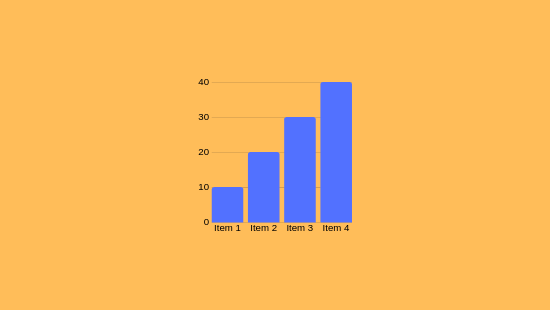
As you explore forex measurements, you'll understand they are computational techniques that scrutinize market numbers to forecast market movements. These instruments assist in identifying market patterns, validating signals, and uncovering overbought or oversold scenarios. For example, the RSI tracks market force, while Bollinger Bands assess volatility. Refining your trading strategy by combining these indicators is crucial, especially if you aim to manage risk effectively.
Grasping the Core of Forex Indicators
Forex indicators are computational devices embedded in charts to aid investors in scrutinizing market dynamics and making informed decisions. They offer insights into price movements and potential trading opportunities by processing historical and real-time data.
Forex indicators are divided into four primary groups: trend indicators (e.g., Moving Averages), momentum indicators (e.g., Relative Strength Index), volatility indicators (e.g., Bollinger Bands), and volume indicators.
These tools can indicate market turns, confirm trends, or indicate extreme buying/selling. If you're focused on refining your trading strategy, understanding these indicators is vital.
Types of Forex Indicators
When assessing market trends, traders often deploy a selection of measures to aid in decision-making.
Forex tools are categorized into different classifications, each fulfilling distinct functions.
Trend Indicators like Moving Averages (MA) and Bollinger Bands assist in detecting trends and potential breakouts.
Momentum Indicators, including the Moving Average Convergence/Divergence (MACD) and Relative Strength Index (RSI), identify momentum changes and highlight overbought or oversold conditions.
Volatility Indicators like the Average True Range (ATR) quantify market variability, assisting investors in setting stop-loss thresholds.
When applied wisely, these indicators can boost trading proficiency.
Key Indicators for Trading Decisions
To executive insightful investment choices, grasping and utilizing visit the website key measures that analyze market conditions is imperative.
Moving Averages display average prices over determined timeframes, revealing trends by evening out variations.
The RSI measures momentum on a 0–100 scale, indicating excess buy above 70 and highlighting excessive sell below 30.
Moving Average Convergence Divergence compares two EMAs to confirm the trend direction, with histograms displaying positive or negative trajectories.
Bollinger Bands apply standard deviations around a moving average to determine volatility and potential reversals.
Retracement intervals denote price thresholds considering historical shifts.
Synthesizing these indicators boosts accuracy by verifying signals if congruent, enabling exact timing for currency matchups.
Using Indicators for Risk Management
As you fine-tune your trading strategy, effectively applying indicators for risk management is crucial. Indicators like Moving Averages and Bollinger Bands notice volatility and identify potential entry/exit points for risk oversight.
These tools permit the setting of stop-loss orders and limit orders, which are key for modulating potential losses.
For instance, applying stop-loss orders restricts your loss to a certain limit, such as 2% of your trading portfolio per trade. This measured strategy helps in managing trading risks by limiting exposure to market volatility and leverage, which are notable risks in forex trading.
Combining Indicators for Enhanced Accuracy
Merging measurement tools is a sophisticated strategy for elevating accuracy in forex trading. This approach enables for the leveraging of multiple tools to evaluate several aspects of market dynamics, including trends, drive, and volatility.
By utilizing indicators like Price Averages, RSI, and MACD, you can craft formidable trading strategies. Instance given, pairing Moving Averages with RSI and Volume validates trend direction and momentum, while Bollinger Bands with Stochastic discovers volatile scenarios and possible reversals.
If indicators from separate categories work together, redundancies are reduced, and investment prompts are intensified.
Conclusion
You now grasp how forex indicators function, covering their diversities like trend, momentum, and volatility indicators. These instruments aid in uncovering pivots and confirming trend continuity. Through combining tools, investment accuracy is boosted, and risk management is better managed. For instance, using the Relative Strength Index (RSI) to highlight buying peaks and Bollinger Bands to evaluate volatility can refine your trade choices.